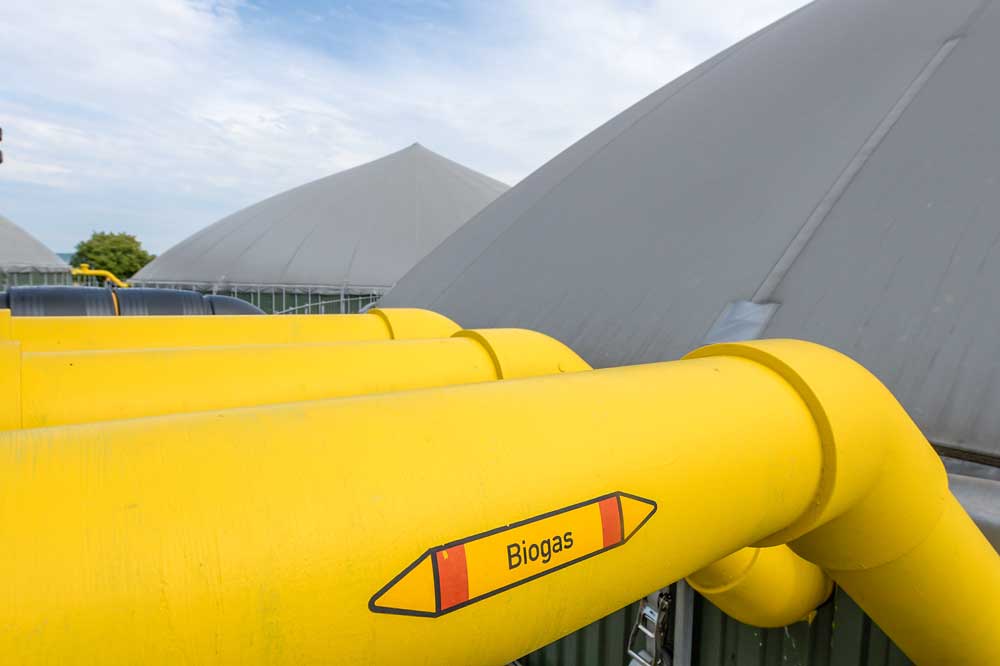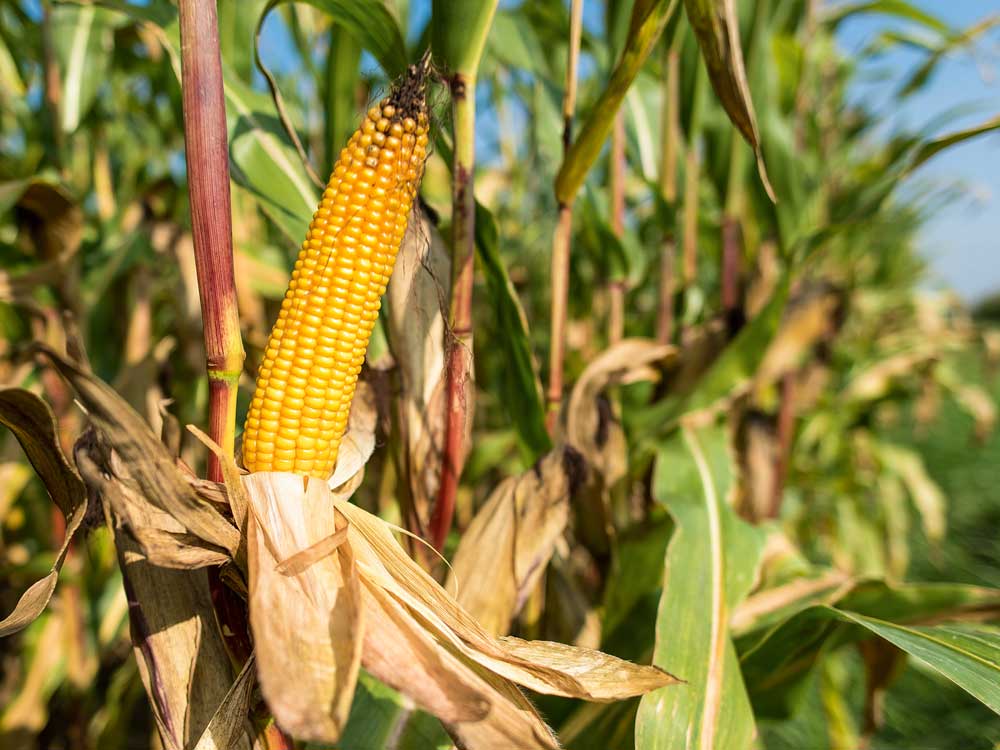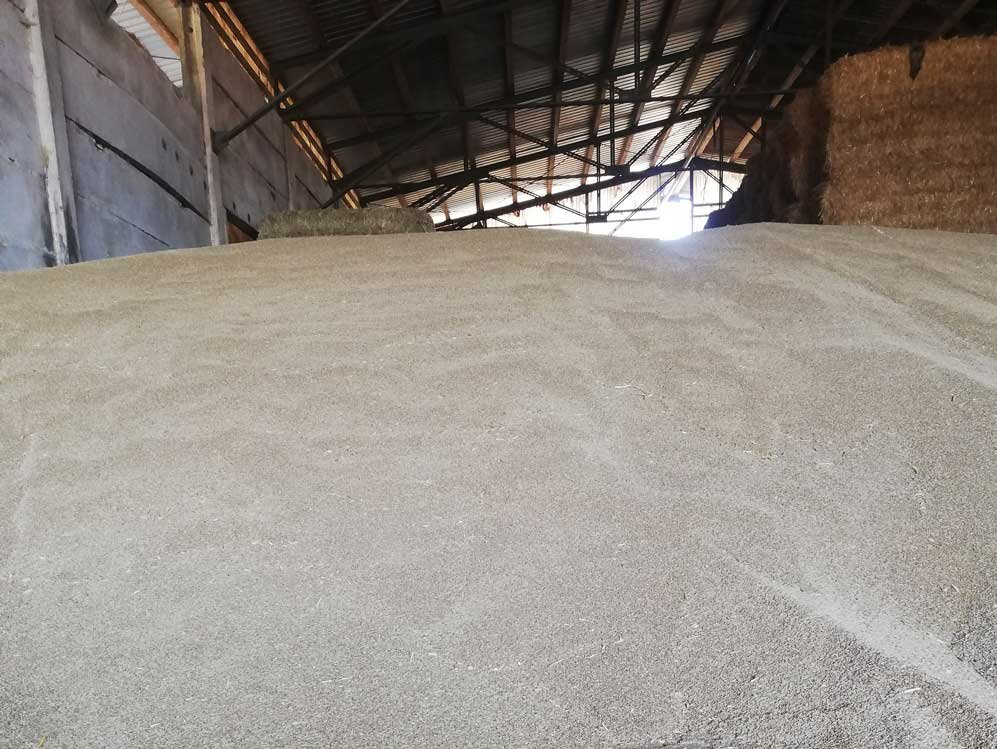Climate protection: Only long-term CO2 fixation counts
By Bernhard Osterburg and PD Dr. Axel Don, Thünen Institute Braunschweig
The drought of the century in 2018, the debate about the "grandchild suitability" of our economic and social model, new climate protection targets that are binding for agriculture: Agriculture is facing major challenges and changes in the wake of climate change.
There is no doubt that it is affected by climate change. But how should the role of agriculture as a source of greenhouse gas emissions and its contributions to climate protection be assessed? There is a wide variety of analyses and views on this. But is there also a common understanding of what is to be regarded as climate-relevant carbon sequestration and what is to be regarded as climate-damaging emissions?
This is a prerequisite for the acceptance of climate policy and the development of solutions for climate protection.
CO2 emissions and the carbon cycle
The concentration of carbon dioxide in the atmosphere is rising unchecked. The main causes are the burning of fossil fuels such as coal and oil, and large-scale land-use changes such as deforestation or the drainage of peat soils. CO2 and other greenhouse gases such as methane and nitrous oxide, whose concentrations in the atmosphere are also rising, absorb heat radiation that would otherwise escape back into space, thereby contributing to global warming.
The so-called Keeling curve, which is based on a series of measurements started by scientist Charles David Keeling in Hawaii in 1958, shows the increase in CO2 concentration in the Earth's atmosphere. What the line of average values does not show: In addition to the long-term increase, annual fluctuations also take place (small box in the graph). These ups and downs are due to the biological carbon cycle. What is visible is the balance between carbon sequestration through photosynthesis by plants and the release from plant matter because it is either consumed or burned by bacteria, fungi, animals and humans. Carbon sequestration and release take place in the biological carbon cycle, partly with a seasonal offset, and largely balance each other out after a year has passed.
Carbon sequestration in food
In Germany, agriculture briefly binds more than 400 million tonnes of CO2 annually. About half of this remains on the land as crop residues and root residues, the other half is distributed among food and animal feed as well as renewable raw materials. The core business of agriculture, the production of food, is inextricably linked to consumption and thus to the imminent release of the bound carbon. The other half of the carbon that agriculture binds is released again in agriculture itself - through the decomposition of roots and crop residues and the feeding of animals.
Should we hold our breath?
If agriculture is postulated to be a climate saver through carbon sequestration in food, are we as consumers of food then CO2 sinners because we exhale CO2? International climate policy and the Intergovernmental Panel on Climate Change (IPCC) do not consider the annual fluctuations of the biological carbon cycle through C fixation and release as climate-relevant carbon fixation or CO2 emission. This is because crediting this short-term storage as a climate protection measure would be just as absurd as if the mineral water industry were to credit the CO2 bound in drinks in the form of carbonic acid as a climate protection measure. The climate sinners would then be the consumers who open mineral water bottles.
The amounts of carbon that are biologically bound and respired again every year are thus not taken into account in the greenhouse gas inventories as "transitory items", because the annual ups and downs of the biological carbon cycle represent neither a threat nor a salvation for the climate. Thus, the world is spared a lot of bureaucracy for the exact recalculation of this zero-sum game. Greenhouse gas inventories map national emissions caused by humans. They are compiled according to internationally agreed methodological guidelines.
Humus in agricultural soils
Long-term carbon sequestration in the humus of agricultural soils, on the other hand, is included in greenhouse gas inventories. Similarly, the loss of centuries-old peat carbon as a result of the drainage of peatland soils is accounted for. A build-up of soil humus is counted as a fixation of CO2 carbon and a degradation of soil humus as a CO2 emission. It is thus a question of long-term changes in carbon storage in agricultural soils. In Germany, around 2.5 billion tonnes of carbon are stored in these soils down to a depth of one metre. This is the result of the Thünen Institute's Soil Condition Survey for Agriculture. The humus in agriculturally used soils thus stores more than twice as much carbon as all the trees in Germany's forests put together. The preservation or, where possible and sensible, the build-up of humus is therefore of great importance for climate policy.
How renewable raw materials enter the balance
Just like the CO2 from the consumption of food, the CO2 released during the energetic use of agricultural raw materials (e.g. from biogas or biofuels) is assessed as climate-neutral in the greenhouse gas inventories. Nevertheless, the use of bioenergy is included in the greenhouse gas balance: If fossil energy sources are replaced by bioenergy, then the emissions shown in the greenhouse gas balance decrease. The decrease in emissions is visible in the sectors in which the use of bioenergy leads to a reduction in fossil energy sources, i.e. primarily in the areas of electricity generation, heating and transport. The fact that agriculture has contributed to this climate protection effect through carbon sequestration in energy crops cannot be read directly from the greenhouse gas inventory. These effects are estimated as part of the renewable energy statistics. In 2018, bioenergy from agricultural raw materials avoided more than 20 million t of CO2 emissions, according to the Federal Environment Agency.
The material use of renewable raw materials creates product reservoirs that are relevant for carbon storage. This is particularly the case with wood, which is often used to make very durable products, e.g. in timber construction. In the greenhouse gas inventories, the category of wood product storage is listed for this purpose. An increase in the storage is recorded as a CO2 fixation, a reduction as an emission. The material use of agricultural raw materials has so far been of minor importance compared to wood, combined with a mostly shorter useful life. It is not shown separately in the greenhouse gas inventories. If its importance increases in the future, this must be taken into account in climate policy.

Conclusion
Sometimes there are misunderstandings. For example, carbon storage in harvested products such as wheat is not applied climate protection, because when the wheat is used as food or feed, the sequestered carbon is released again. These short-term fluxes of the biological carbon cycle cancel each other out within a year and are therefore climate neutral. Relevant for climate protection, on the other hand, are the changes in the long-term carbon stores in humus and emission reductions, e.g. through the replacement of fossil fuels with bioenergy. Farmers and their associations would be well advised not to advertise the short-term carbon sequestration in crops as a supposed climate protection benefit.





